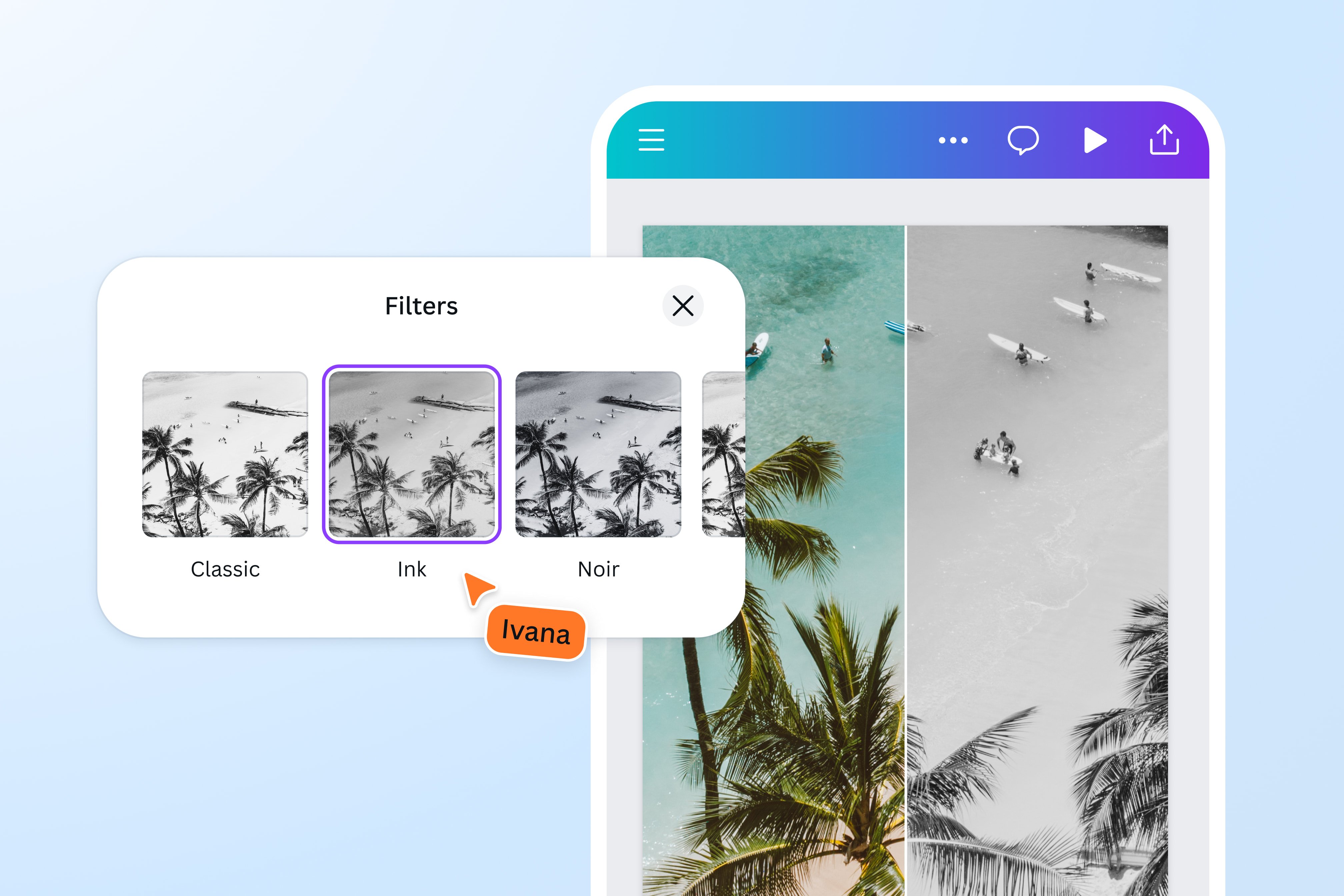
Canva Magic Eraser & AI Photo Editor: Complete Buyer's Guide
AI-powered product photography within a collaborative design ecosystem
Canva Magic Eraser & AI Photo Editor represents the design platform giant's strategic integration of AI-powered product photography capabilities within its established collaborative design ecosystem.
Market Position & Maturity
Market Standing
Canva operates as a mature, well-established design platform with significant market presence, having evolved from a startup to a major player in the collaborative design space.
Company Maturity
The vendor's business maturity is evidenced by its established subscription model, comprehensive support infrastructure, and proven ability to scale across diverse customer segments from SMBs to enterprise organizations.
Growth Trajectory
The AI image editing sector projects growth at 50.63% CAGR, reaching $39.7B by 2030 [5].
Industry Recognition
Industry recognition comes primarily through its broader design platform success rather than specific AI photography achievements.
Strategic Partnerships
Canva's approach emphasizes integration benefits over specialized capabilities, appealing to organizations already invested in collaborative design workflows.
Longevity Assessment
Long-term viability appears strong given Canva's established market position, diversified revenue streams, and continued platform expansion.
Proof of Capabilities
Customer Evidence
Insurance brokerage firms successfully use Magic Eraser to edit client materials, removing objects obstructing text overlays [59].
Quantified Outcomes
Quantified business results include 40% design time reduction in documented customer implementations [59].
Case Study Analysis
Enterprise validation comes through successful implementations requiring hybrid workflows combining AI processing with human review to reduce errors, particularly with complex products like jewelry [53][56].
Market Validation
Market adoption evidence shows 83% adoption among high-volume retailers for cost-effective catalog updates [2][8].
Competitive Wins
Competitive wins occur primarily in scenarios prioritizing workflow integration over specialized performance.
Reference Customers
Reference implementations span SMB e-commerce operations reporting "background removal in one click revolutionized our product listings" [45][50].
AI Technology
Canva Magic Eraser & AI Photo Editor leverages artificial intelligence algorithms integrated within the company's cloud-based design platform architecture to deliver automated photo editing capabilities.
Architecture
The system architecture operates entirely within Canva's cloud infrastructure with no on-premise deployment options [51][58].
Primary Competitors
Claid.ai, Photoroom, Adobe Firefly, Flair.ai
Competitive Advantages
Workflow consolidation within familiar design platforms, collaborative features through Teams implementation, and user-friendly interfaces requiring minimal technical expertise.
Market Positioning
Market positioning strategy targets organizations prioritizing workflow simplification over best-in-class specialized performance.
Win/Loss Scenarios
Win/loss scenarios favor Canva when organizations require collaborative design workflows with basic AI capabilities, existing Canva ecosystem integration, and user-friendly implementation.
Key Features

Pros & Cons
Use Cases
Pricing
Featured In Articles
Comprehensive analysis of AI Product Photography Tools for AI Design for AI Design professionals. Expert evaluation of features, pricing, and implementation.
How We Researched This Guide
About This Guide: This comprehensive analysis is based on extensive competitive intelligence and real-world implementation data from leading AI vendors. StayModern updates this guide quarterly to reflect market developments and vendor performance changes.
59+ verified sources per analysis including official documentation, customer reviews, analyst reports, and industry publications.
- • Vendor documentation & whitepapers
- • Customer testimonials & case studies
- • Third-party analyst assessments
- • Industry benchmarking reports
Standardized assessment framework across 8 key dimensions for objective comparison.
- • Technology capabilities & architecture
- • Market position & customer evidence
- • Implementation experience & support
- • Pricing value & competitive position
Research is refreshed every 90 days to capture market changes and new vendor capabilities.
- • New product releases & features
- • Market positioning changes
- • Customer feedback integration
- • Competitive landscape shifts
Every claim is source-linked with direct citations to original materials for verification.
- • Clickable citation links
- • Original source attribution
- • Date stamps for currency
- • Quality score validation
Analysis follows systematic research protocols with consistent evaluation frameworks.
- • Standardized assessment criteria
- • Multi-source verification process
- • Consistent evaluation methodology
- • Quality assurance protocols
Buyer-focused analysis with transparent methodology and factual accuracy commitment.
- • Objective comparative analysis
- • Transparent research methodology
- • Factual accuracy commitment
- • Continuous quality improvement
Quality Commitment: If you find any inaccuracies in our analysis on this page, please contact us at research@staymodern.ai. We're committed to maintaining the highest standards of research integrity and will investigate and correct any issues promptly.